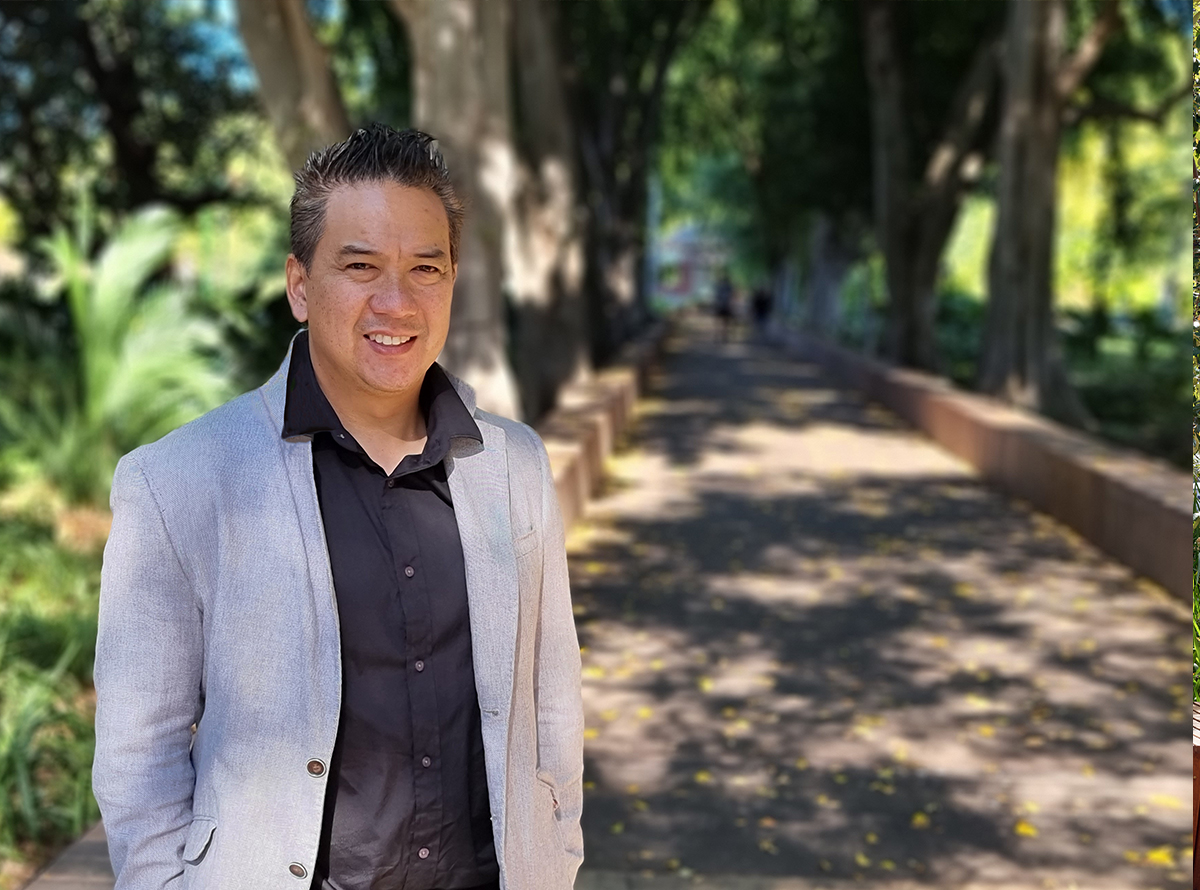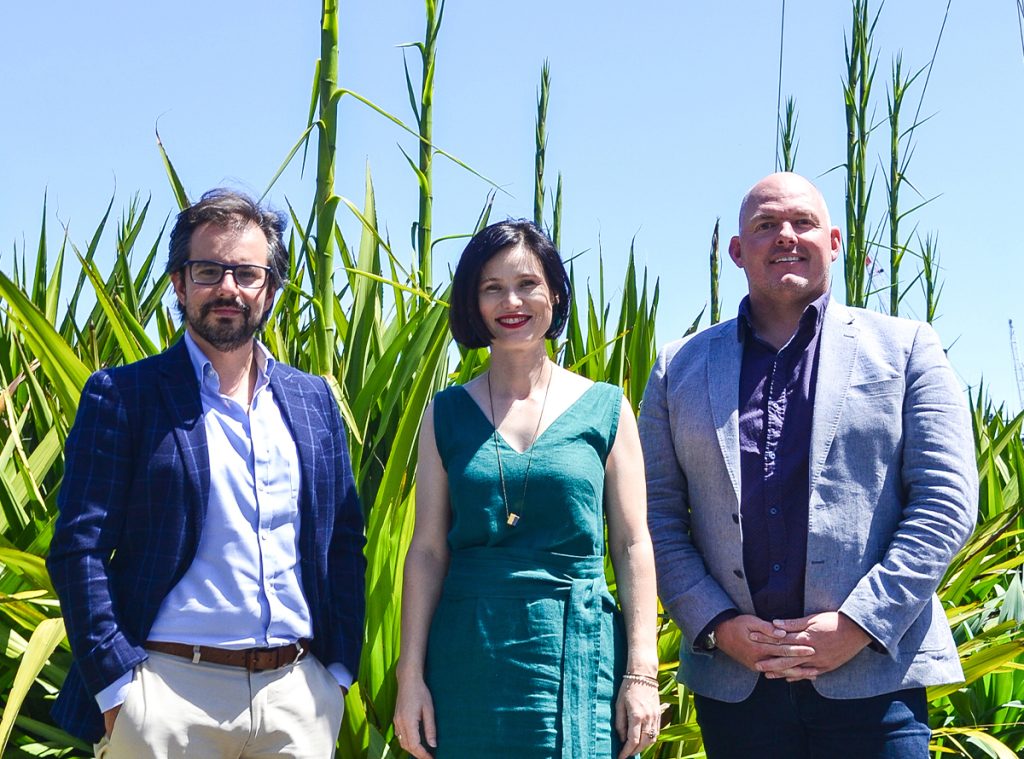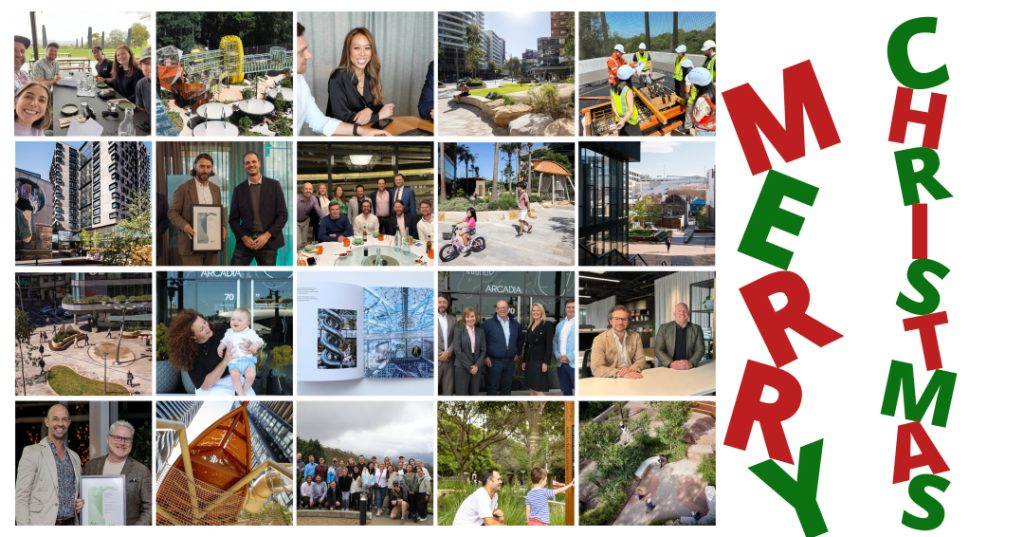As we head towards the world’s first climate-positive Olympic Games in Brisbane in 2032, Queensland Principal Ben Newell shares his thoughts on how public spaces can be designed to endure and thrive well beyond the two-week event.
Community — understanding locals’ likes & dislikes
First and foremost, Ben nominates community consultation as key to state and local government authorities better understanding how residents envision their own futures. “To build a lasting legacy, one must firstly understand the aspirations and aggravations of how people live, work and play within their suburbs,” Ben says. He’s also adamant that input and insights from First Nations’ representatives be prioritised.
When thinking about life in Brisbane, beyond the Olympics, Ben says flexible urban environments should be top of mind. Think sporting fields that after the games could be transformed into market venues, playgrounds or skate parks; athlete accommodation that converts to mixed-use developments with residential, retail and hospitality components.
As well as mixed-use and transport-orientated developments, Ben encourages Olympic designers to consider a mix of housing options that reflect diverse demographics. He predicts a growing demand for affordable residential offerings in the years pre and post-Olympics. According to Ben, build-to-rent developments and social housing must be in the mix.
Convenience — designing for easy access to popular places
“The rise in work-from-home arrangements, post pandemic, has blurred the lines between where we work and where we live,” Ben says. “Communities will continue to crave the best of both worlds — right on their doorsteps.”
To strike the right balance, Ben urges designers to consider a range of land uses within easy reach of Olympic venues. Locating a mix of medical, commercial, hospitality and residential offerings within close proximity of new parklands, stadiums, and other Olympic facilities, will be key to ensuring their activation and longevity. “Olympic precincts can thrive long after the games, provided they’re easily accessible to in-demand amenities and services.”
Connection — convenient & comfortable transport links
Expedient and efficient transport connections are essential for an event of this magnitude but all aspects of commuting (during and after the games) need to be considered. How will people transit to and from large transport hubs? What permanent/temporary infrastructure will be put in place to make those connections easily accessible and comfortable for all ages and physical abilities?
“Ours is a sub-tropical climate and, as such, we need to create shaded corridors/connections that enable people to use transport in comfort,” Ben suggests. Of course, with the games still several years away, now is the time to plant shade trees whose canopies will reach an advanced level of maturity by ’32.
For pedestrian access, Ben advocates for cool shaded walkways wide enough to accommodate people, prams and mobility aids. If well planned, these are the types of routes that could be used to connect key venues in the inner city — making it easy and pleasant for people to walk to games’ events. Then, after the games conclude, these connections become thoroughfares for city dwellers and visitors seeking an easy and comfortable way to commute/explore inner Brisbane.
Ben also highlights the growing popularity of new modes of transport, like scooters, electric bikes and so on. “They’re all here to stay, so we need to be clever about where and how we position cycle networks (i.e. bikeways and charging stations) within close proximity of amenities.”
Climate — deploying design to achieve sustainability
“Hosting the first ‘climate-positive’ games provides us with an exciting opportunity to show the world we’re a future-focused city,” Ben says. “With good design as our guide, at a macro and micro level, we can assure a legacy that’s sustainable for both our environment and our community.”
As a broad directive for large, new public spaces, Ben says the focus should be on minimising ‘hard’ surfaces, like concrete and dark-coloured paving, that retain and attract the heat. “Where these ‘hard’ materials cannot be avoided, I recommend using temporary installations that can be removed after the games, to make way for softer, natural materials that hold less heat and promote natural cooling/ventilation.”
For some precincts and facilities, the virtues of reuse versus demolition will likely be called into question. “Of course, as designers, we should always be searching for sustainable solutions,” Ben asserts. “But, in some instances, the resources and energy required to extract materials from an existing building or structure may be prohibitive.”
At a more grassroots’ level, Ben believes ‘passive irrigation’ should be prioritised for the games’ gardens. “With good guidance from engineers, kerb-and-channelling can be minimised in landscape designs, to allow water to naturally fall into garden beds — rather than congesting nearby culverts and traditional drainage systems.
“For new gardens, drawing upon insights from First Nations’ representatives and planting endemic/native species not only helps attract local wildlife and provides them with suitable habitat, but those species are also more hardy, able to withstand drought periods and require less water and maintenance — long term,” Ben says.






